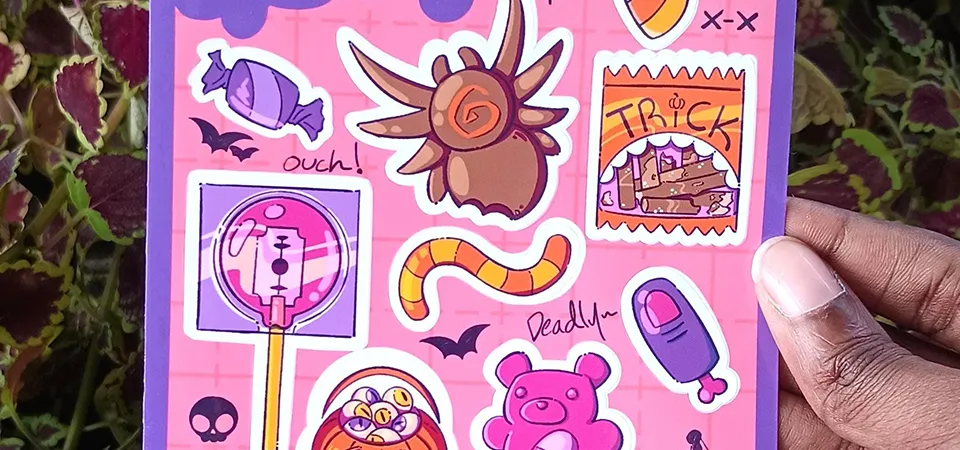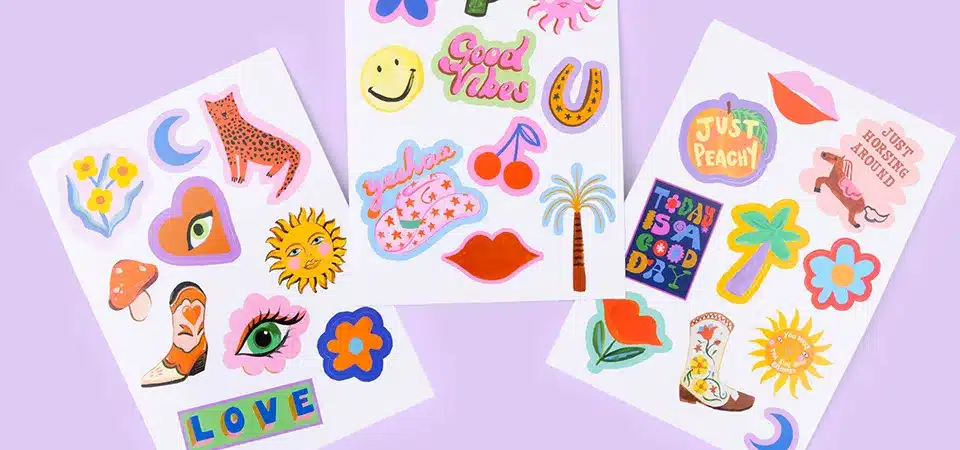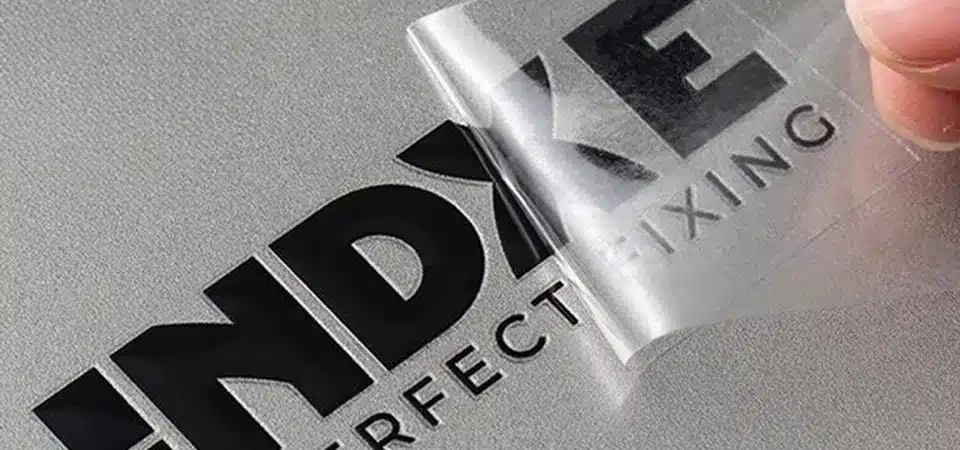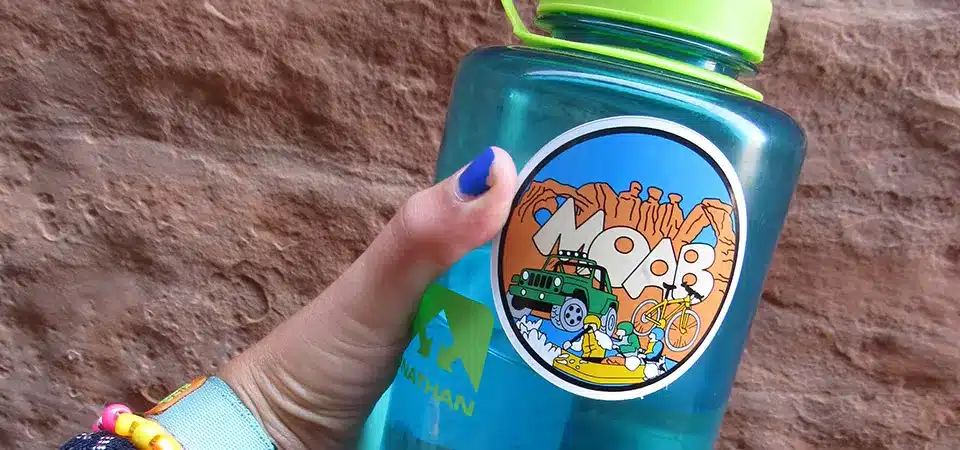Introduction
The Importance of Beer Labels
In today's competitive beer market, label design is no longer just a decorative feature; it is a powerful tool for communicating brand identity and influencing consumer purchase decisions. A unique and eye-catching label not only helps your product stand out on the shelf but also evokes an emotional connection with consumers, allowing them to quickly recognize your brand.
- First Impressions Matter
Labels are often the first point of contact between consumers and beer, especially in crowded store aisles. The first impression a label makes can significantly influence a consumer's interest and prompt a purchase. - The Role of Labels in Consumer Choices
Studies show that most consumers rely on labels to gauge the quality and uniqueness of a beer. Labels are more than just identifiers—they are marketing tools that convey a brand's personality and values through color, imagery, text, and material. - The Competitive Beer Market
The craft beer market is highly competitive, with thousands of breweries striving to stand out. As the demand for craft beer grows, so does the expectation from consumers for brands to offer distinctive stories, quality, and individuality. Label design, therefore, needs to be not only attractive but also memorable and aligned with the brand’s identity. - Purpose and Overview
This article explores how to design distinctive and attention-grabbing beer labels that enhance brand recognition, attract consumers, and improve market competitiveness.

The History and Evolution of Beer Labels
Early Beer Labels: Simplicity and Tradition
Beer labels date back to the early 19th century, and in the beginning, they were relatively simple, serving primarily as a means of identifying the product. Early labels were often hand-drawn and included basic information such as the beer’s name and brewer. As industrialization progressed, label design became more intricate, incorporating symbols and logos.
- Hand-Drawn Labels in the Early Years
In the early days, breweries used hand-drawn labels to communicate brand identity and product characteristics. These labels often featured symbolic elements like brewing tools, raw materials, and regional pride. - The Early Function of Labels: Identification and Freshness
Initially, the primary purpose of beer labels was identification—providing basic information such as alcohol content, production dates, and the manufacturer’s name. These early labels were functional rather than artistic.
The Modern Evolution of Beer Labels
As market demands changed, label design shifted from purely functional to more creative, with many craft beer brands using labels as a canvas to express their identity.
- Innovation and Variety in Label Design
From the late 20th century to the early 21st century, as craft beer culture flourished, label design became a key tool for breweries to express their creativity. Modern beer labels range from vintage to contemporary, minimalist to detailed, and everything in between. - Trends in Modern Design Styles
Today, craft beer labels are more about telling a story and showing off the brewery’s personality. Many brands use artistic illustrations, unique fonts, and vibrant colors to grab attention and convey the brewery’s values and mission.
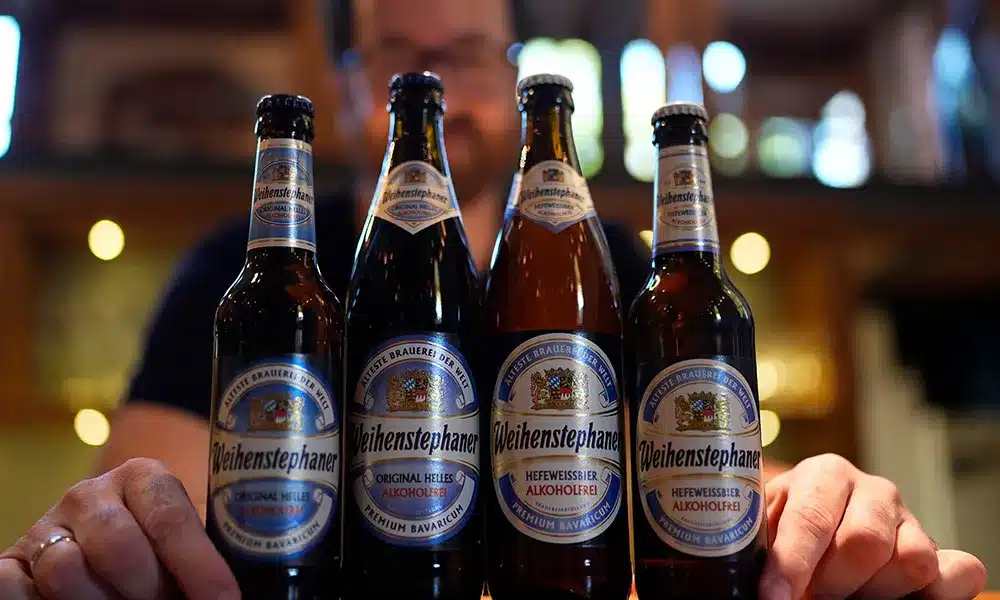
Key Principles of Beer Label Design
Color and Brand Recognition
Color plays an essential role in beer label design. It not only influences the consumer's emotional response but also helps the brand stand out in a crowded market.
- The Psychology of Color in Label Design
Different colors evoke different emotions. For example, gold and yellow are often associated with luxury and quality, while green might evoke a sense of freshness or naturalness, ideal for organic or environmentally conscious brands. - Color Choices and Target Demographics
When designing labels, breweries must consider the preferences of their target audience. Younger consumers tend to prefer bright, bold colors, while older consumers may gravitate toward more classic, understated tones.
Font and Typography Selection
Fonts and typography influence both the readability of the label and its ability to convey the brand’s character.
- Font Legibility and Individuality
Legible fonts are a must—especially for key information like the beer’s name, alcohol content, and ingredients. However, the typography can also reflect the brand's personality, whether it's quirky, elegant, or bold. - Typography Techniques: Balancing Information and Aesthetics
Effective layout ensures that information remains clear while maintaining aesthetic appeal. Labels should strike a balance between functionality and design, ensuring readability without sacrificing visual creativity.
Graphics and Illustrations
Graphics and illustrations not only enhance the label’s visual appeal but also help tell the brand story.
- Illustrations and Brand Storytelling
Illustrations can be a powerful storytelling tool. Many breweries incorporate illustrations into their labels to convey the brewery’s origins, brewing process, or unique philosophy, providing consumers with a deeper connection to the brand. - Graphical Elements and Emotional Communication
Icons, symbols, and other graphic elements can convey emotions or brand values. For example, a wave could evoke a sense of adventure, while botanical illustrations could suggest a connection to nature or a focus on quality ingredients.
Material and Printing Techniques
The choice of material and printing methods is also crucial to a beer label’s final look and feel.
- Innovative Printing Techniques: Embossing, Foil Stamping, Gloss Effects
As printing technology advances, more and more breweries are incorporating special effects like embossing, foil stamping, or glossy finishes to add a tactile dimension to their labels, making them stand out even more. plastic, metal) require specific adhesives to ensure labels stay intact without peeling or bubbling. - Choosing the Right Label Material
Labels can be made from paper, metal, plastic, or other materials. Paper labels are often used for traditional beer brands, while metal or transparent labels might be used for premium or modern brands.
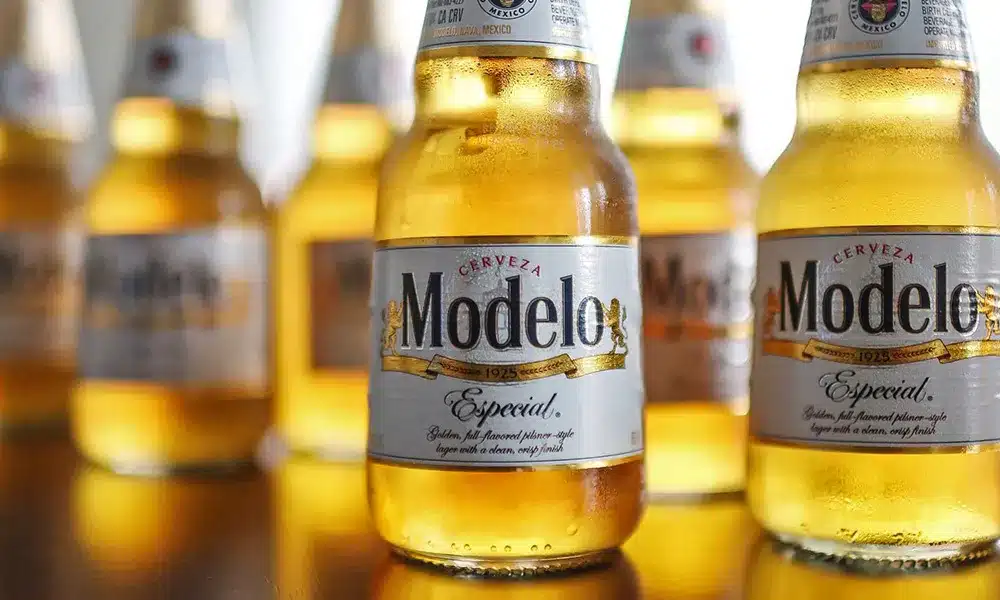
Understanding Your Target Audience and Market Positioning
Know Your Consumer Demographics
- Age, Gender, Interests, and Lifestyle
Beer labels should cater to the preferences and tastes of the target audience. Younger consumers may prefer bold, vibrant labels, while older consumers may lean toward more classic or elegant designs. - Attracting Specific Consumers with Your Label
Understanding the psychology of your target market helps in designing labels that resonate with their values, lifestyle, and interests. Whether you’re targeting eco-conscious individuals or adventurous beer drinkers, your label can reflect their preferences.
Market Positioning and Brand Identity
- Differences Between Premium and Craft Beer Labels
Premium beer labels tend to be more elegant and understated, focusing on quality and exclusivity, while craft beer labels can be more experimental and creative, emphasizing uniqueness and storytelling. - How to Use Labels to Reinforce Your Brand’s Personality and Story
Your label can be an extension of your brand’s identity. It’s an opportunity to showcase your brand’s history, philosophy, and what makes it different from the competition.
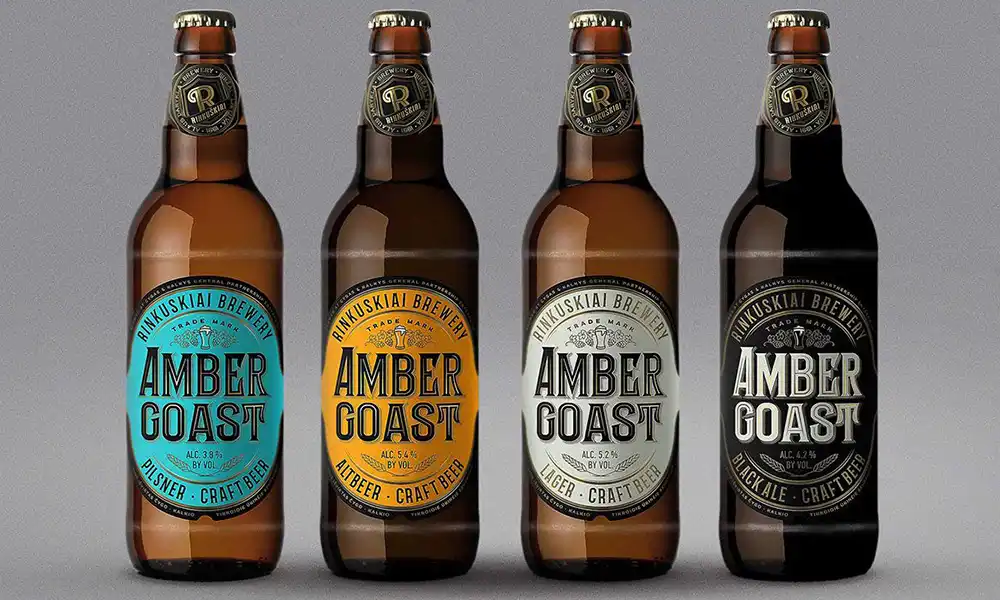
Creative and Unique Label Designs
Storytelling Labels: Conveying Your Brand’s Narrative
- Telling Your Brand’s Story Through Labels
Many craft breweries use their labels to tell the story behind their beer, whether it’s the history of the brewery, the inspiration behind a specific brew, or the local community it supports. - Case Study: Successful Storytelling Through Labels
Brands like Dogfish Head have successfully used labels to tell compelling stories about their brewing process and product origins, helping to create emotional connections with consumers.
Interactive Label Designs
- Engaging Consumers: AR and QR Codes
Interactive labels use Augmented Reality (AR) or QR codes to enhance the consumer experience. Consumers can scan labels to access brand stories, brewing processes, and even participate in online events or promotions. - Trends in Creative and Interactive Labels
With advances in technology, interactive labels are becoming a trend in the beer industry, allowing brands to engage consumers in a fun, innovative way.
Limited Edition and Seasonal Labels
- Creating Scarcity and Desire with Limited Edition Labels
Limited edition labels can create a sense of exclusivity and urgency, driving consumers to make a purchase before the product runs out. - Seasonal and Festive Label Designs
Seasonal labels can tap into consumer emotions tied to specific holidays or times of the year. Creative seasonal designs help capture the essence of a specific time or occasion, boosting sales during peak seasons.
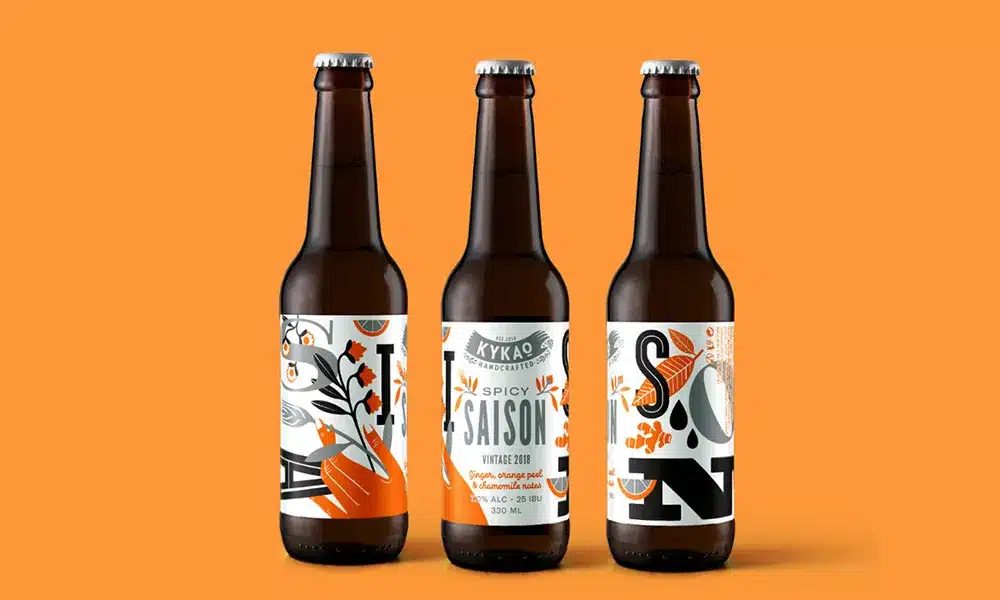
Cultural and Social Factors in Label Design
Cultural Sensitivity and Global Label Design
- Cultural Differences and Label Acceptance
In global markets, beer labels must consider cultural preferences and sensitivities. What works in one country may not work in another, and colors, symbols, and language may carry different meanings depending on the cultural context. - Design Strategies for a Global Market
As brands expand into international markets, label design needs to be adaptable to different cultural and regional preferences. The goal is to create labels that resonate across borders without losing the essence of the brand.
Social Responsibility and Sustainability
- Eco-Friendly Labels and Materials
As sustainability becomes increasingly important to consumers, many breweries are adopting eco-friendly label materials and production techniques to demonstrate their commitment to the environment. - Consumer Preferences for Sustainable Labels
Brands that embrace sustainability through eco-conscious packaging, including recyclable or biodegradable labels, gain favor with environmentally aware consumers.
Using Labels to Strengthen Brand Communication
Consistency Between Labels and Brand Identity
Labels should be consistent with the overall visual identity of the brand. This helps strengthen brand recognition and ensures that the label serves as an effective part of the brand's communication strategy.
- Aligning Label Design with Brand Visuals
Your beer label should be an extension of your logo, color scheme, and font choices. Consistency across all marketing materials will help your brand stand out and build trust.
Social Media and Labels
- Using Social Media to Promote Beer Labels
Social media platforms like Instagram and TikTok offer a great opportunity to showcase creative beer labels and engage with your audience. These platforms help create buzz around your brand and allow consumers to share their experiences. - User-Generated Content (UGC)
Exciting label designs can encourage consumers to share photos and stories online, creating more user-generated content (UGC) and increasing brand visibility.
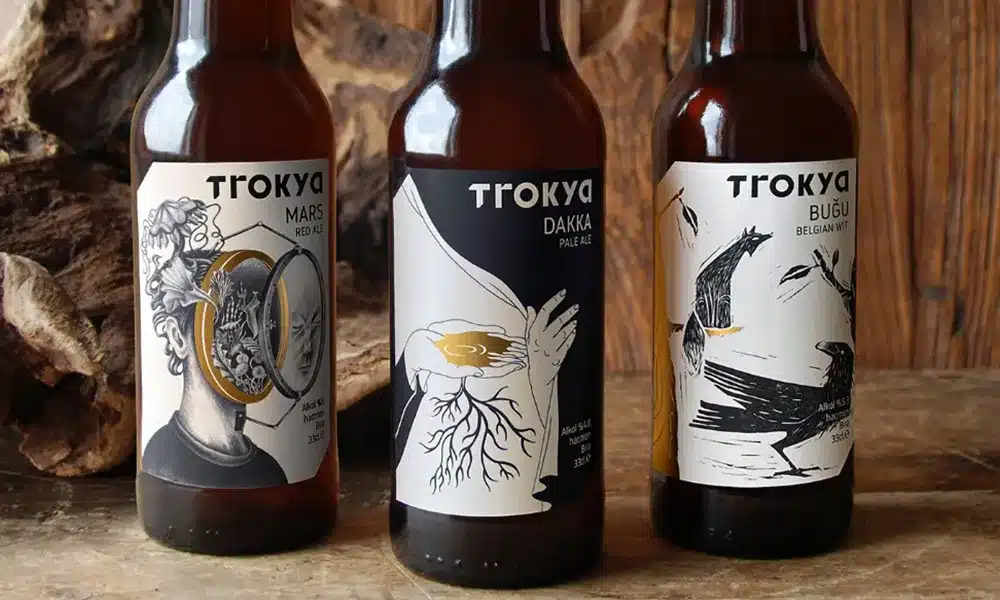
Legal and Regulatory Considerations for Beer Labels
Legal Requirements for Beer Labels
Beer labels must adhere to specific legal guidelines regarding labeling, especially in regulated markets. These include ingredient disclosures, alcohol content, and health warnings.
- Mandatory Information on Labels
Labels must clearly display certain information, such as alcohol content, ingredients, and the brewery’s contact details. - Legal and Cultural Sensitivity
Label designs should avoid using controversial or culturally insensitive images, text, or symbols that could lead to legal issues or damage the brand’s reputation.

Case Studies of Successful Label Designs
Iconic Brand Labels
- Sierra Nevada, Dogfish Head, and Brooklyn Brewery
These brands have used creative and unique label designs to stand out in the crowded craft beer market. Their labels convey their brand’s story and values while drawing attention with distinct artwork.
Innovation from Small Breweries
- How Small Breweries Use Labels to Stand Out
Smaller breweries often use innovative label designs to differentiate themselves in a competitive market. Personalized and limited-edition designs are a great way for smaller breweries to create loyal customer bases.

Conclusion
The Future of Beer Label Design:
- Sustainability and Tech-Driven Designs
As technology and sustainability continue to shape the future of beer packaging, we expect more breweries to incorporate eco-friendly materials and AR technology in their labels. - Rise of Personalization and Custom Labels
Consumers are increasingly drawn to personalized products. Custom beer labels will become more popular as breweries tailor designs to meet individual consumer preferences. - Staying Innovative and Relevant
To remain competitive, breweries must continuously innovate their label designs, responding to changing consumer trends and keeping up with new design technologies.
FAQ
What are the key elements of a successful beer label design?
A successful beer label design should have a clear brand message, vibrant colors, legible fonts, and appealing graphics. It needs to stand out on the shelf and connect with your target audience emotionally. Additionally, ensure it aligns with your brewery’s overall identity and conveys the beer’s story or unique qualities.
How can I choose the right colors for my beer label?
Color plays a crucial role in attracting attention and conveying a message. Different colors evoke different emotions:
- Red can symbolize boldness and energy.
- Green often represents freshness, nature, or organic ingredients.
- Gold or Yellow may denote quality or luxury.
Consider your brand’s personality and the emotional response you want to elicit from consumers when selecting your colors.
Should I use images or illustrations on my beer label?
Images and illustrations can enhance your label’s appeal and help tell your brand’s story. A good illustration can evoke emotion and create a deeper connection with consumers. However, if your brand identity is minimalist, using simple text and shapes may work better. Ultimately, the decision should align with your brand’s voice and the image you want to project.
What font styles work best for beer labels?
Fonts should be both stylish and legible. You want consumers to easily read the beer’s name, alcohol content, and other vital information. Playful or creative fonts work well for craft beers that want to emphasize personality and fun, while more traditional fonts can evoke a sense of reliability and history. Make sure to use a font that matches your brand’s overall style.
How important is the material of the beer label?
The label material can have a big impact on the overall look and feel of your beer. Popular materials include:
- Paper labels are classic and cost-effective.
- Metallic labels are more premium and have a higher perceived value.
- Plastic or Transparent labels can give a modern, clean look. The choice of material should align with the type of beer you're selling and how you want your customers to perceive it.
What legal requirements should be considered in beer label design?
Labels must adhere to legal regulations, including:
- Alcohol Content: Clearly state the alcohol by volume (ABV).
- Net Contents: Indicate the volume (e.g., 355 ml or 12 oz).
- Brewery Information: Include the brewery’s name and contact details.
- Ingredients and Health Warnings: In some regions, ingredients and health warnings are mandatory. Ensure your label complies with local or national alcohol regulations to avoid fines or label rejections.
How can I make my label design stand out from competitors?
To stand out, focus on originality and creativity. Consider:
- Unique Design Elements: Use unexpected graphics, colors, or packaging formats.
- Interactive Elements: Include QR codes or AR (Augmented Reality) features that let customers engage with the label through their smartphones.
- Telling a Story: Use your label to share the story behind the beer, whether it’s about its origin, brewing process, or ingredients.
- Limited Editions: Create limited-edition or seasonal labels to make the beer feel special.
How do I balance creative design with readability?
While creativity is important, readability is crucial. Ensure that key information, such as the beer’s name, alcohol content, and ingredients, is easily legible. Use contrasting colors for text and background to improve visibility. Test your label design by printing samples and checking how they look from a distance.
How can I use labels to create a connection with consumers?
Your label is an extension of your brand’s story. Use it as an opportunity to create an emotional connection by:
- Sharing your brewery’s story: Explain what makes your beer unique or tell the tale behind your brewing process.
- Highlighting your values: If sustainability is important to your brand, emphasize eco-friendly materials or practices.
- Engaging visuals: Create a label design that reflects the personality of your beer, whether it's bold, quirky, or sophisticated.
How do seasonal or limited-edition labels work in branding?
Seasonal or limited-edition labels are an excellent way to create excitement and exclusivity around your beer. These labels can reflect a particular time of year (e.g., winter holiday-themed labels) or be tied to special events or collaborations. Limited-edition labels encourage urgency, as consumers may feel they need to buy the beer before it’s no longer available.
What are the latest trends in beer label design?
Some of the latest trends include:
- Minimalist Designs: Focusing on simple, clean lines and typography.
- Sustainability: Using eco-friendly materials and printing processes.
- Interactive Labels: Incorporating QR codes, augmented reality, or NFC (Near Field Communication) features.
- Custom Fonts and Hand-Drawn Illustrations: Adding a personal touch that makes the beer feel unique and artisanal.
- Retro Designs: Drawing inspiration from vintage beer styles for a nostalgic appeal.
How can I ensure my beer label design is effective for my target audience?
Know your target audience well and design with their preferences in mind.
- For eco-conscious consumers: Highlight sustainable materials or environmentally friendly practices.
- For younger consumers: Use bold colors, playful fonts, and eye-catching graphics.
- For premium or craft beer enthusiasts: Focus on high-quality materials, elegant fonts, and sophisticated design elements.


